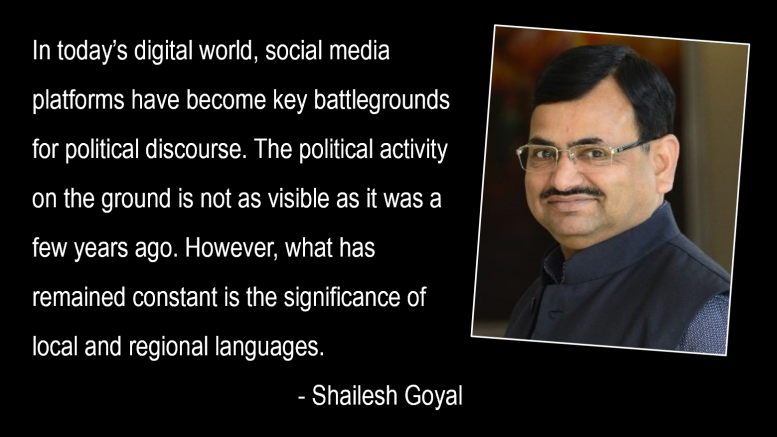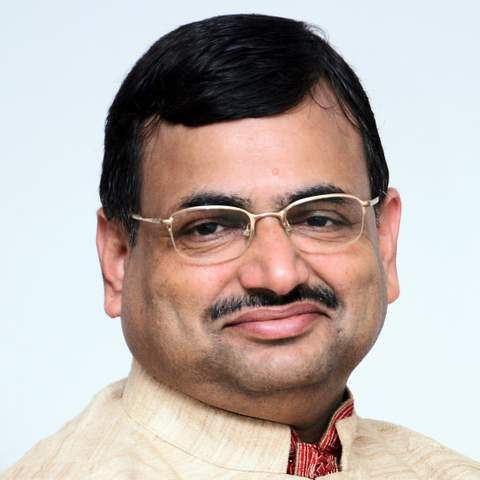The great Indian elections, the largest such exercise in the world with nearly 97 crore voters eligible to cast their votes, have begun. This massive electoral exercise will continue for six more weeks before the new government is elected in early June. Political parties across the spectrum are leaving no stone unturned to capture the hearts and minds of the voters.
In a country as diverse as India, where language and culture vary not just from one state to another but even within the states, a unique challenge presents itself for political parties. Hindi is the most widely spoken language in the country, but campaigning in this language or even coming up with catchy and appealing slogans in it doesn’t work in the Southern states or even those in the East and the Northeast. A one-size-fits-all approach simply doesn’t work. Political parties and leaders are recognising the importance of speaking the language of the grassroots voters, both literally and figuratively.
In today’s digital world, social media platforms have become key battlegrounds for political discourse. The political activity on the ground is not as visible as it was a few years ago. However, what has remained constant is the significance of local and regional languages. While the virtual world allows parties to reach the masses, it is the vernacular languages that truly speak to the grassroots voters. Amidst the wave of tweets and social media posts, it is the messages crafted in local tongues that cut through the noise and strike a chord with the electorate.
Political parties have come to realise that to truly resonate with voters, they must speak their language – both in terms of the words they use and the issues they address. For example, a campaign focusing on agricultural reforms might resonate strongly in Punjab, but it may not hold the same sway in urban centers like Mumbai and Ahmedabad. What may appeal to a voter in New Delhi may be irrelevant to someone in Kerala, and what may become catchy in West Bengal may not work in neighboring Odisha. There are language nuances, plus cultural and other sensitivity issues that need to be taken into consideration.
 Campaigning in the vernacular language is not confined to local or regional parties alone. Even national parties like the BJP and Congress have embraced this trend. They are customising their campaigns in local languages to showcase their connections and appeal to voters in different states.
Campaigning in the vernacular language is not confined to local or regional parties alone. Even national parties like the BJP and Congress have embraced this trend. They are customising their campaigns in local languages to showcase their connections and appeal to voters in different states.
Regional language campaigns allow parties to tailor their message to the specific needs of each constituency. Moreover, the vernacular language helps bridge the gap between politicians and the electorate. Communicating in a language that people understand creates a sense of familiarity and trust. It shows that they are not distant figures, but individuals who understand the everyday struggles and aspirations of the common man.
In the great Indian democracy, where every vote counts, the power of language cannot be underestimated. As political parties vie for votes, the ability to communicate in the local and regional languages may well be the difference between success and failure.
The views and opinions published here belong to the author and do not necessarily reflect the views and opinions of the publisher.



Be the first to comment on "When it Comes to Elections, Political Parties Speak the Regional Language"